Multicystic Dysplastic Kidney (MCDK)
MCDK is a congenital renal dysplasia characterized by multiple, smooth-walled, non-functioning, non-communicating cysts of variable size and number, replacing all or nearly all normal parenchyma. Normal nephrogenesis may occur before the secondary changes leading to MCDK.
Fig 1
Incidence: 1 in 3000 live births, more common in boys.
Sonographic findings:
- Enlarged kidney with multiple non-communicating cysts of varying size. Fig2, Fig3, Fig4, Fig5, Fig6
- The lesion is unilateral in 70-80% of cases but 20-30% have a renal anomaly of the contralateral kidney such as hydronephrosis or renal agenesis.
- Normal amniotic fluid volume if unilateral and oligohydramnios if bilateral.
- Differentiation from severe hydronephrosis (with several dilated calyces) may be difficult in some cases.
- Severe hydronephrosis: the oval cysts communicate with each other and the renal pelvis; renal parenchyma is usually visualized, and ureteral dilatation is often seen.
- MCDK: multiple round cysts of varying size are non-communicating with each other or the renal pelvis, renal parenchyma is often not seen, and ureteral dilatation is not visualized.
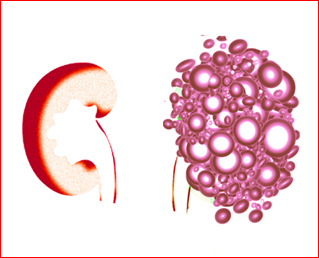
Fig 1: Schematic drawing of multicystic kidney
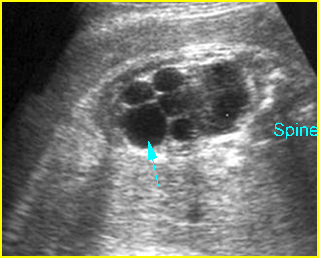
Fig 2: Small multicystic kidney Oblique cross-sectional scan of the abdomen: multiple cysts varying in size in the kidney (arrow)
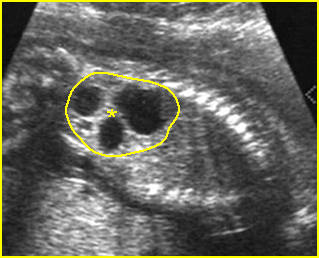
Fig 3: Multicystic kidney Sagittal scan of the abdomen: multiple cysts varying in size in the kidney (*)
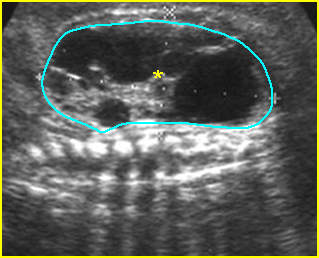
Fig 4: Multicystic kidney Sagittal scan of the abdomen: multiple cysts varying in size in the kidney (*)
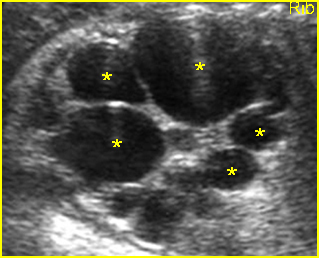
Fig 5: Multicystic kidney Cross-sectional scan of the abdomen: multiple cysts varying in size in the kidney
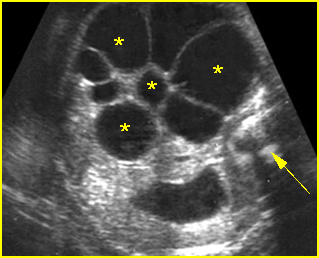
Fig 6: Multicystic kidney Cross-sectional scan of the abdomen: multiple cysts varying in size in the kidney (arrow = spine)
Video clips of multicystic dysplastic kidney (MCDK)
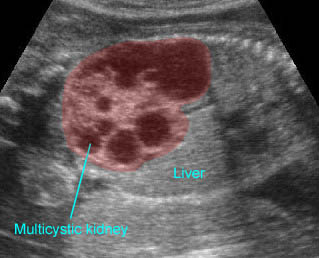
Multicystic kidney: The kidney consisting of several cysts varying in size
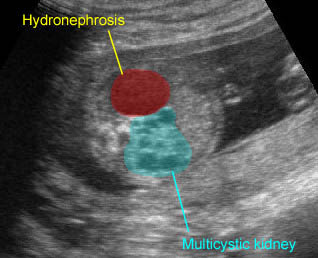
Renal cysts: Multicystic kidney and marked hydronephrosis of the contralateral kidney
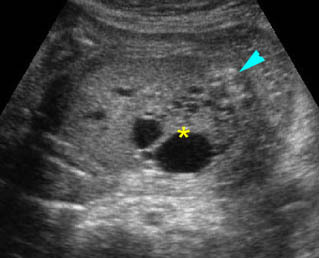
Renal cystic dysplasia: Cross-sectional scan of the abdomen: muliticystic kidney (*) with oligohydramnios and absent contralateral kidney
Associations: Renal anomalies of the contralateral kidneys (about 40%) and abnormalities of the lower urinary tract are common.
Management: Unilateral MCDK should not alter the standard obstetric care. For bilateral non-functioning MCDK with oligohydramnios, termination of pregnancy should be considered.
Prognosis: Good, depending on the contralateral kidney and associated anomalies; recurrent risk in subsequent pregnancy is low (<5%).
Recurrence risk: Sporadic.

